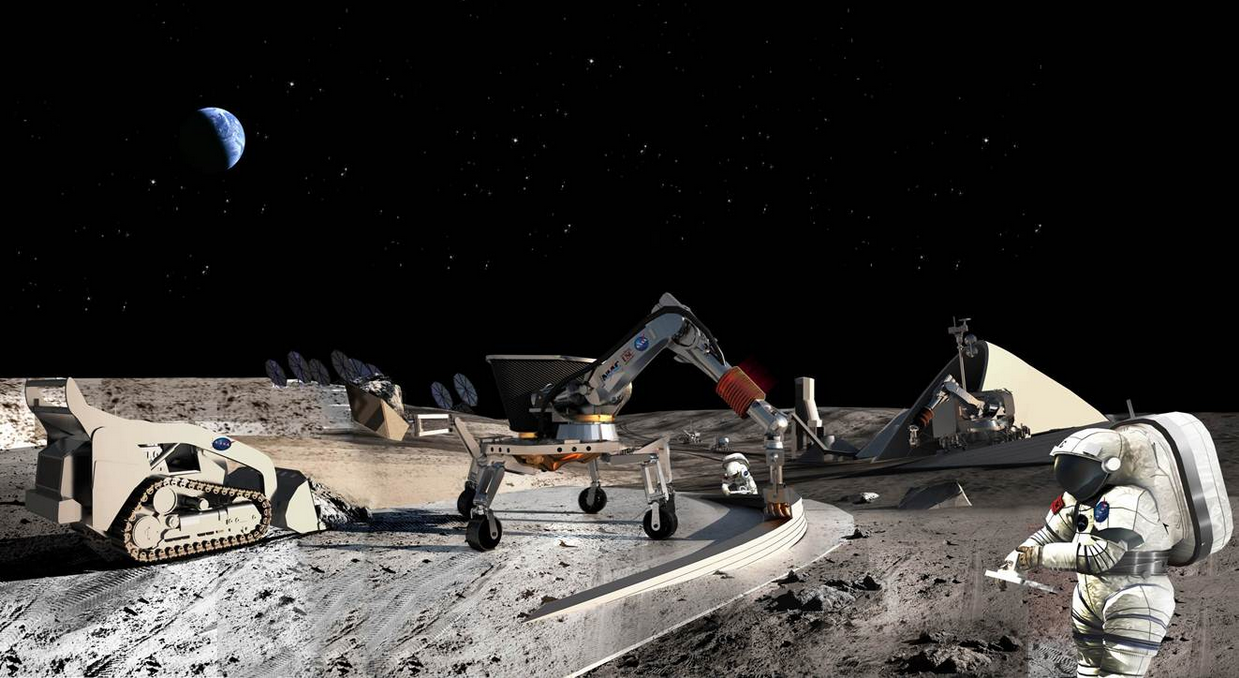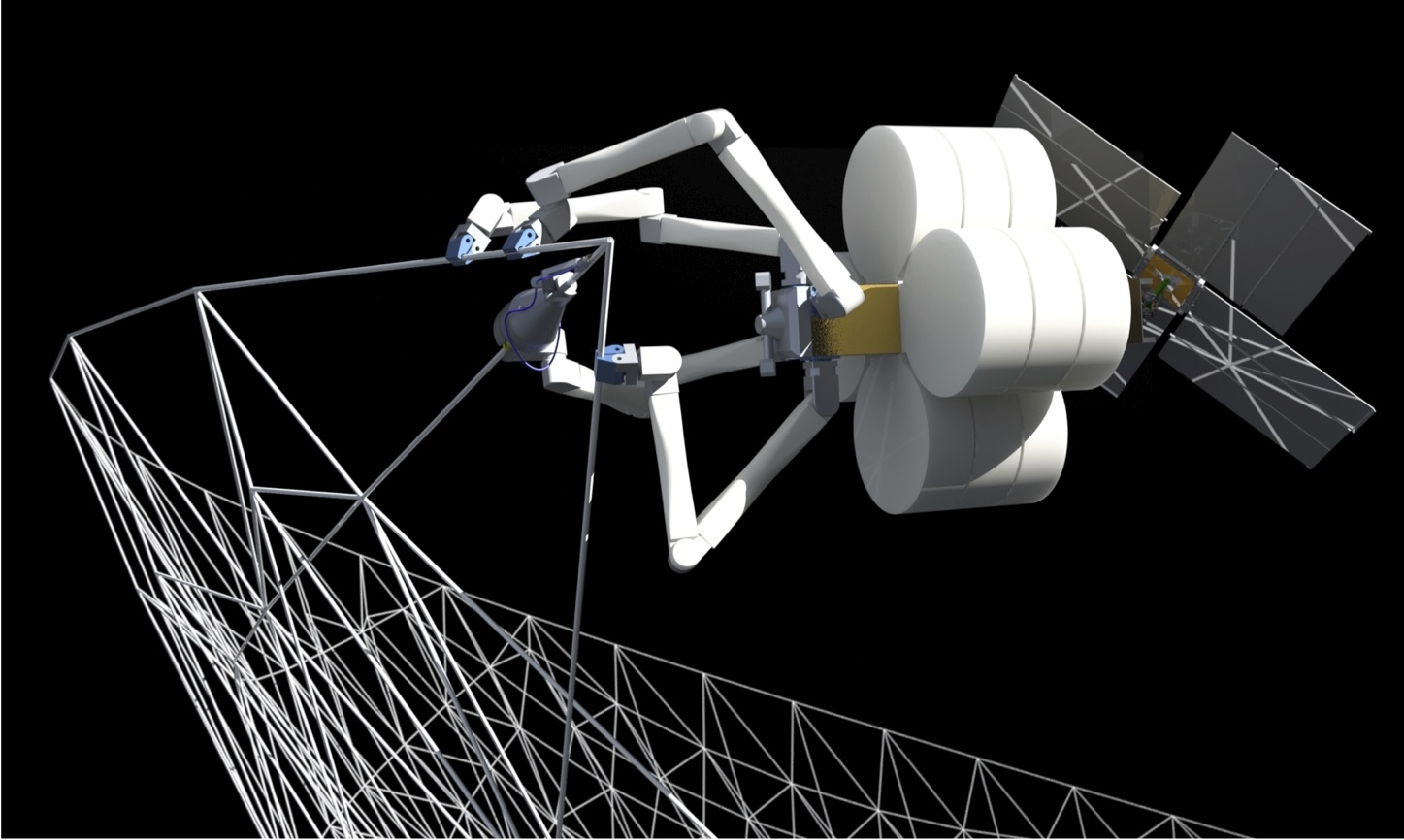Laser Propulsion funded for $100 million
Billionaire Yuri Milner is spending $100 million to prove out laser pushed nanosails that would reach 5% of lightspeed
Two initiatives have been announced so far. The first, Breakthrough Listen, will invest $100 million over 10 years in the most comprehensive and sensitive search ever undertaken for evidence of civilizations beyond Earth.
Yuri Milner, the Russian tech billionaire, joined Stephen Hawking atop Manhattan’s Freedom Tower, where the pair will announced Starshot, a $100 million dollar research program, the latest of Milner’s “Breakthrough Initiatives.” (Mark Zuckerberg will serve on Starshot’s board, alongside Milner and Hawking.) With the money, Milner hopes to prove that a probe could make the journey to Alpha Centauri in only 20 years.
Milner wants his $100 million to fund research that will culminate in a prototype of a probe that can beam images back to Earth. He told me the images would arrive less than 5 years after the probe reached the star.
Milner wants to launch a small “mothership,” filled with hundreds of these thin, disc-like probes. (He thinks each probe can eventually be manufactured at roughly the cost of an iPhone.) Once the mothership reaches orbit, it would release one probe per day. The probe would exit the larger spacecraft, and use its photon thrusters to position itself in the path of a ground-based laser beam.
UCSB has looked closely at issues for what Milner is proposing and have produced a roadmap for interstellar beam propulsion.
1 gram 24% of lightspeed
10 grams 14% of lightspeed
100 grams 7.8% of lightspeed
1 kg 4.3% of lightspeed
10kg 2.4% of lightspeed
100kg 1.4% of lightspeed
1000kg 0.77% of lightspeed
10 tons 0.43% of lightspeed
100 tons 0.24% of lightspeed
Milner is probably looking at less than 10 grams and about 2-4 GW ground based laser array.
UCSB Operational Maturation and Steps from their laser pushed sail roadmap:
Step 1 - Ground based - Small phased array, beam targeting and stability tests - 10 kw
Step II – Ground based - Target levitation and lab scale beam line acceleration tests - 10 kw
Step III – Ground based - Beam formation at large array spacing –
Step IV – Ground based - Scale to 100 kW with arrays sizes in the 1-3 m size –
Step V – Ground based - Scale to 1 MW with 10 m optics –
Step VI – Orbital testing with small 1-3 class arrays and 10-100kw power – ISS possibility
Step VII – Orbital array assembly tests in 10 m class array
Step VIII – Orbital assembly with sparse array at 100 m level –
Step IX – Orbital filled 100 m array
Step X – Orbital sparse 1km array
Step XI – Orbital filled 1 km array
Step XII – Orbital sparse 10 km array
Step XIII – Orbital filled 10 km array
Milner appears like he wants to go to step 5 or 6 with $100 million and then work out the design issues up to step 11 or 12 on the UCSB laser pushed sail roadmap.




